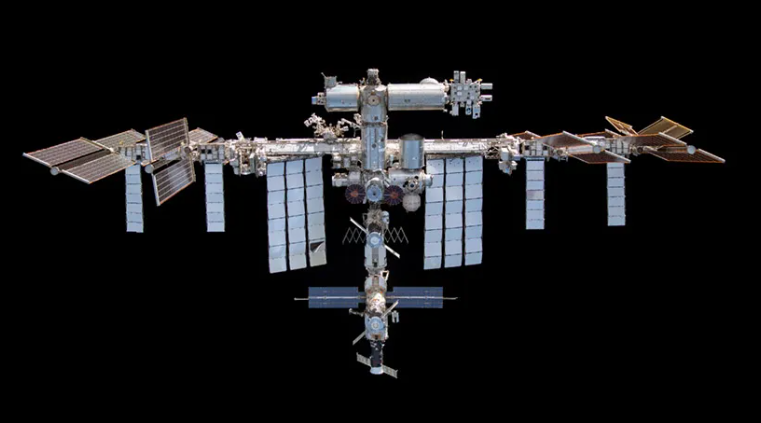NASA has chosen SpaceX to develop a spacecraft that will handle the final stages of deorbiting the International Space Station (ISS) by the end of the decade. This significant contract, valued at up to $843 million, covers the creation of the United States Deorbit Vehicle (USDV).
The Role of the USDV

The USDV will dock with the ISS and execute a series of maneuvers to ensure a controlled reentry over a remote ocean region, likely the South Pacific. Unlike other missions where NASA procures services, the USDV will be owned and operated by NASA.
"Selecting a U.S. Deorbit Vehicle for the International Space Station will help NASA and its international partners ensure a safe and responsible transition in low Earth orbit at the end of station operation," NASA associate administrator for space operations, Ken Bowersox said in the latest statement.
Design and Development Expectations
Details about SpaceX's design for the USDV remain undisclosed. However, it is expected that the spacecraft will incorporate elements from the Dragon spacecraft, which is currently used for cargo and crew transportation, per TechCrunch.
NASA has stressed the importance of vehicle reliability, stating that the USDV must perform flawlessly on its first flight and possess robust redundancy and anomaly recovery capabilities.
Budget and Funding Insights
The contract value aligns with NASA's expectations for the USDV program. Initially estimated to cost just under $1 billion, the program has seen budget requests increase. NASA Administrator Bill Nelson highlighted the importance of securing full funding, suggesting the cost might rise to $1.5 billion. Nelson emphasized the need for the USDV in light of potential geopolitical uncertainties, advocating for its inclusion in future emergency appropriations bills.
Exploring Deorbit Options
NASA released a white paper outlining why a controlled deorbit is the safest and most viable method for decommissioning the ISS. Alternatives, such as disassembling the station or boosting it to a higher orbit, are taken into consideration.
The space agency, however, did not acknowledge handing the station to a commercial operator since it was not seen to be feasible. The reason behind this is that the components come from multiple countries.
In addition, the white paper also mentioned that "deorbiting the space station at the end of its life is the safest and only viable method to decommission this historic symbol of science, technology, and collaboration."
For the next decade which is 2030, de-orbiting is expected to come around this time. However, the procurement for the vehicle might not happen until mid-2030.
Back in June, SpaceX launched two groups of Starlink internet satellites into space. They came from the west and east coast parts of the US.

ⓒ 2025 TECHTIMES.com All rights reserved. Do not reproduce without permission.




